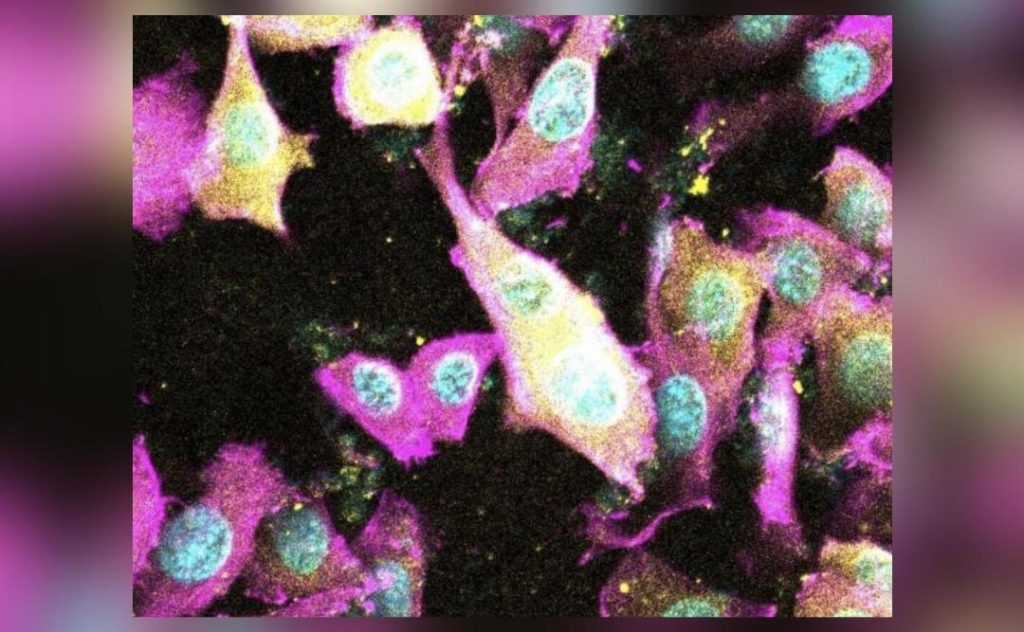
Toxin from Diarrhoea-Causing E Coli Strain Damages Gut: Study
Enteropathogenic E coli (EPEC), a diarrhoea-causing strain of bacteria, has been found to use a toxin to invade and destroy the epithelial cells that line the gut, according to a recent study published in Gut Microbes. The study, conducted by researchers at La Trobe University, has revealed a new mechanism by which EPEC causes damage to the gut, providing valuable insights into the development of new treatments for EPEC-related diarrhoea.
EPEC is a type of Escherichia coli (E coli) that is commonly found in contaminated food and water. The bacteria typically causes diarrhoea, especially in young children, and can lead to dehydration and other complications if left untreated. While EPEC is generally not life-threatening, it remains a significant public health concern, particularly in developing countries where access to clean water and sanitation is limited.
The study, which was published in Gut Microbes, a leading international journal in the field of gut microbiology, reveals that EPEC uses an enzyme called EspC to destroy the epithelial cells that line the gut. These cells play a crucial role in the gut’s function, including the absorption of nutrients and the removal of toxins from the body.
Researchers found that EspC, the toxin produced by EPEC, breaks down the internal protein structure of the epithelial cells, leading to their destruction. This damage not only disrupts the normal functioning of the gut but also allows the bacteria to invade deeper into the gut lining, further exacerbating the infection.
“What we’ve discovered is that EspC is a highly potent toxin that can destroy the epithelial cells lining the gut,” said Dr. [Name], lead author of the study. “This is a significant finding, as it provides new insights into the mechanisms by which EPEC causes damage to the gut.”
The researchers also uncovered the three-dimensional structure of the toxin, which is essential for understanding how it interacts with its target cells and causes damage. The study used a combination of biochemical and biophysical techniques to determine the structure of EspC, including X-ray crystallography and molecular dynamics simulations.
The discovery of the EspC toxin and its mechanism of action is a significant breakthrough in the field of gut microbiology, providing a new target for the development of treatments for EPEC-related diarrhoea.
“Our findings have significant implications for the development of new treatments for EPEC-related diarrhoea,” said Dr. [Name]. “By targeting the EspC toxin, we may be able to develop more effective therapies for this common and debilitating condition.”
The study’s authors also highlight the need for further research into the mechanisms by which EPEC causes damage to the gut, particularly in the context of developing countries where EPEC is a significant public health concern.
“EPEC is a significant public health concern in many parts of the world, particularly in developing countries where access to clean water and sanitation is limited,” said Dr. [Name]. “Further research is needed to understand the mechanisms by which EPEC causes damage to the gut and to develop effective treatments for this condition.”
In conclusion, the study published in Gut Microbes provides valuable insights into the mechanisms by which EPEC causes damage to the gut, highlighting the importance of the EspC toxin in the pathogenesis of EPEC-related diarrhoea. The discovery of the toxin’s structure and mechanism of action provides a new target for the development of treatments for this common and debilitating condition.
Source:






